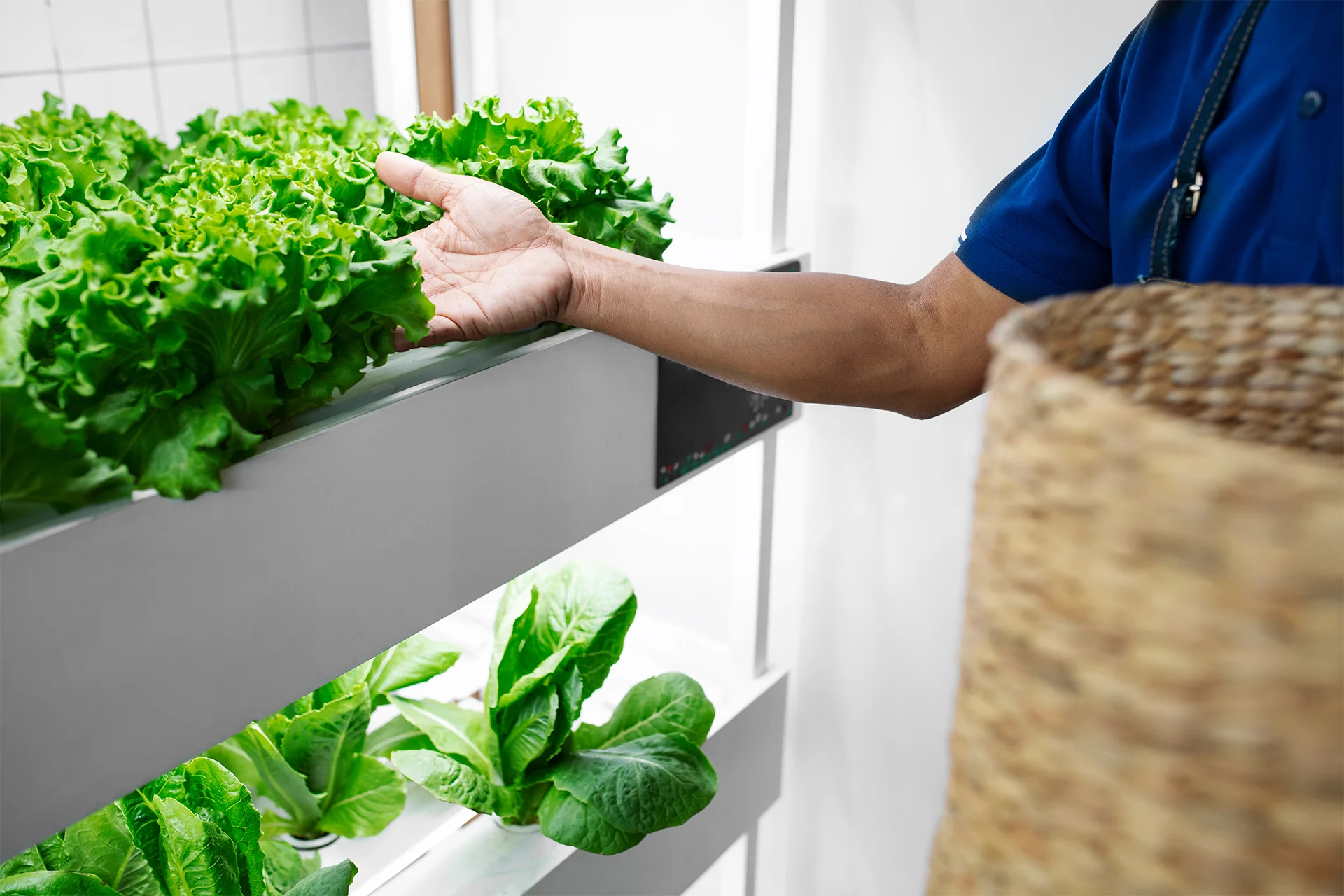Hydroponics farming is an innovative agricultural technique that has gained significant traction in the USA over the past few years. This method allows crops to grow without soil, using nutrient-rich water solutions instead. As the demand for sustainable and efficient farming practices increases, hydroponics farming presents a promising solution to many agricultural challenges. In this blog, we will explore the concept of hydroponics farming, its advantages, the current state of hydroponics in the USA, and its future potential.
What is Hydroponics Farming?
Hydroponics is derived from the Greek words “hydro,” meaning water, and “ponos,” meaning labor. Essentially, it refers to growing plants in a water-based, nutrient-rich solution. This method eliminates the need for soil, which can be a game changer for urban areas with limited space and resources.
There are several types of hydroponic systems, including:
- Nutrient Film Technique (NFT): A thin film of nutrient solution is continuously circulated over the roots of the plants.
- Deep Water Culture (DWC): Plants are suspended in a nutrient solution, with their roots submerged in water.
- Ebb and Flow (Flood and Drain): The growing area is flooded with nutrient solution and then drained, allowing the roots to absorb nutrients while being exposed to air.
- Aeroponics: The roots of the plants are misted with a nutrient solution, promoting faster growth and higher yields.
Each method has its own advantages and can be selected based on the specific needs of the crop being cultivated.
Advantages of Hydroponics Farming
- Water Efficiency: Hydroponics systems use significantly less water compared to traditional farming. Since the water is recirculated, it minimizes waste and conserves this precious resource.
- Space Optimization: Hydroponics allows for vertical farming, enabling growers to maximize space and produce more crops in smaller areas. This is particularly beneficial in urban environments where land is limited.
- Reduced Pest and Disease Issues: Growing plants in a controlled environment reduces the risk of pests and diseases, minimizing the need for pesticides and herbicides.
- Faster Growth Cycles: Hydroponic systems can lead to faster plant growth, allowing for multiple harvests within a year.
- Quality Control: Growers have more control over the growing conditions, leading to higher-quality produce with better taste and nutritional value.
The Current State of Hydroponics Farming in the USA
Hydroponics farming has seen remarkable growth in the USA, with numerous farms and businesses adopting this innovative approach. According to the USDA, hydroponic and aquaponic farms accounted for approximately 15% of the total vegetable production in the country as of 2021.
Several states are leading the charge in hydroponics farming:
- California: Home to a vast number of hydroponic farms, California is a leader in the production of leafy greens and other vegetables.
- Florida: Known for its warm climate, Florida has embraced hydroponics for growing strawberries and various vegetables year-round.
- New York: Urban hydroponic farms in cities like New York are gaining popularity, providing fresh produce to local markets and reducing the carbon footprint associated with transporting food.
Innovative companies, such as Plenty and Bowery Farming, are pioneering the future of hydroponics farming in the USA. These companies utilize advanced technology and data-driven approaches to optimize growing conditions and maximize yields.
Challenges Facing Hydroponics Farming
While hydroponics farming presents numerous advantages, it is not without its challenges:
- Initial Investment: Setting up a hydroponic system can require significant upfront costs for equipment, infrastructure, and technology.
- Technical Knowledge: Successful hydroponics farming demands a level of technical expertise that may be unfamiliar to traditional farmers. Training and education are crucial for those entering this field.
- Market Competition: As hydroponics gains popularity, competition among growers is increasing. Differentiating products and finding a niche market can be challenging.
- Energy Consumption: Hydroponic systems, particularly those utilizing artificial lighting, can consume a considerable amount of energy. Implementing energy-efficient technologies is essential for sustainability.
The Future of Hydroponics Farming in the USA
The future of hydroponics farming in the USA appears bright, with ongoing advancements in technology and growing interest in sustainable agriculture. As consumers become more conscious of their food choices, there is an increasing demand for locally grown produce, making hydroponics an attractive option.
Government support and investment in research and development can further bolster the growth of hydroponics farming. Collaborative efforts between universities, agricultural organizations, and private companies can lead to innovations that enhance efficiency and reduce costs.
Additionally, as climate change continues to impact traditional farming practices, hydroponics offers a viable solution for growing food in areas previously considered unsuitable for agriculture. By utilizing controlled environments and reducing reliance on soil, hydroponics can help ensure food security in the face of environmental challenges.
Conclusion
Hydroponics farming is revolutionizing the way we think about agriculture in the USA. With its numerous advantages, including water efficiency, space optimization, and improved crop quality, hydroponics presents a sustainable solution to many of the challenges facing traditional farming. As technology continues to advance and consumer demand for fresh, local produce increases, the future of hydroponics farming looks promising.

